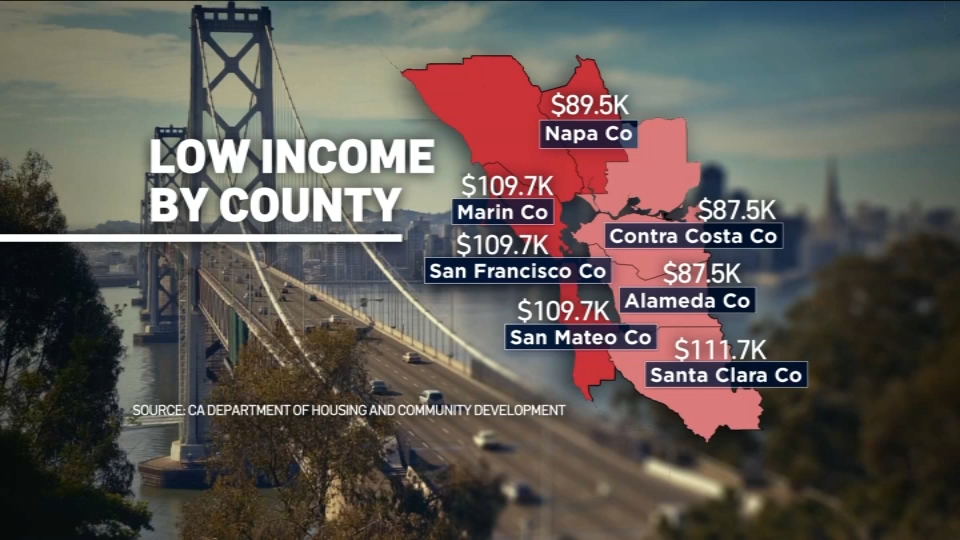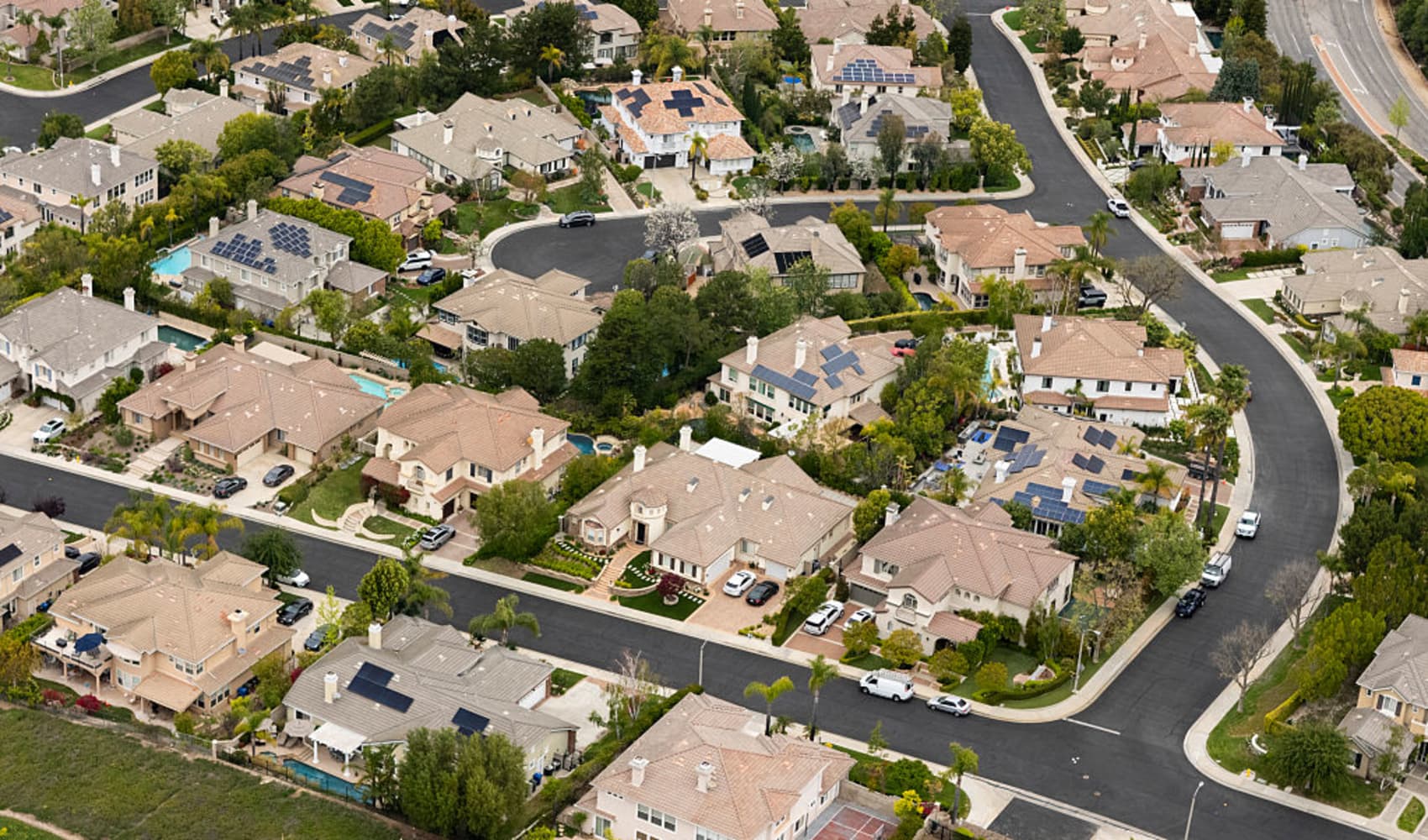Rising Rent Alert! 10 US Cities with Fastest Rent Hikes
Chasing Affordability? Unveiling the 10 U.S. Cities Where Rent is Skyrocketing!
Introduction: The Rent Revolution is Here!
Are you on the hunt for a new apartment? If so, brace yourself! The rental landscape across the U.S. is shifting, and some cities are experiencing rent increases that might leave you scratching your head and tightening your purse strings. We're diving deep into a recent SmartAsset analysis of Zillow data to reveal the 10 U.S. cities where rents are rising the fastest. Prepare for a surprising twist: the Midwest is taking center stage!
The Midwest Makes Its Move: Affordability Under Pressure
For years, the Midwest has been the bastion of affordable living, a stark contrast to the often-astronomical prices on the coasts. But times are changing. Five of the 10 cities with the fastest-growing rents are located in the Midwest. What's driving this unexpected surge? Let's unpack the reasons behind this rental revolution.
Supply and Demand Dynamics
Economists at Realtor.com point to a classic economic principle: demand outpacing supply. The number of available rental units in many Midwestern cities simply can't keep up with the growing number of people looking for a place to live. This imbalance is naturally pushing prices upwards.
Beyond Rentals: A Housing Market Hotspot
It's not just rentals that are seeing increased demand. The Midwest is becoming a sought-after location for home buyers as well. According to a recent Redfin report, the region is home to five of the 10 most in-demand ZIP codes for home sales. This further underscores the growing popularity and desirability of the Midwest.
The South's Shifting Sands: Why the Midwest is the New 'It' Region
For years, the South was the go-to destination for those seeking affordable living. But Redfin’s chief economist, Daryl Fairweather, offers a compelling explanation for the Midwest's rise to prominence. "The South has been the desirable place in previous years because it's more affordable on the coast, but insurance costs and property taxes have gone up. The Midwest, however, has stable insurance costs, stable property taxes and a stable housing market." In essence, the Midwest offers a more predictable and stable financial landscape, making it an increasingly attractive option for renters and homebuyers alike.
But is it STILL Cheaper? The Relative Affordability of the Midwest
While rents are rising, it’s crucial to keep things in perspective. Despite the recent growth, rent is still generally lower in many Midwestern cities compared to the coastal metropolises. The Midwest may be catching up, but it still offers a more affordable option for many.
So, Which Cities Are Leading the Charge in Rent Increases?
Now, let's get down to the nitty-gritty. Which U.S. cities are experiencing the most significant rent increases? While the exact list fluctuates depending on the specific data source and time period, expect to see some familiar Midwestern names making an appearance. Keep an eye out for cities experiencing economic growth, job opportunities, and a rising quality of life. Unfortunately, I can't give a list here without the data.
Understanding the Factors Driving Rent Increases
What are the specific factors contributing to these rent increases? It's not just one thing; it's a confluence of several factors working in tandem.
Job Market Growth
A thriving job market attracts new residents, increasing demand for housing and pushing up rental prices. Cities with strong employment opportunities are often the first to experience rent increases.
Population Growth
Similarly, a growing population puts pressure on the housing supply. If more people are moving into a city than new housing units are being built, rents are bound to rise.
Inflation and Economic Conditions
Overall economic conditions, including inflation, can also impact rental prices. When the cost of goods and services increases, landlords may raise rents to offset their own expenses.
Limited Housing Supply
As we mentioned earlier, the balance between supply and demand is critical. A shortage of available rental units can quickly drive up prices.
Increased Investment in Real Estate
Increased investment in real estate, particularly in rental properties, can sometimes lead to higher rents as landlords seek to maximize their returns.
The Impact on Renters: What Does This Mean for You?
For renters in these cities, rising rents can create a significant financial burden. It can make it harder to save money, afford other necessities, and maintain a comfortable standard of living. It's more important than ever to budget carefully and explore all available housing options.
Tips for Navigating a Rising Rent Market
Don't despair! There are steps you can take to navigate a market with rising rents:
- Budget Wisely: Track your income and expenses to identify areas where you can cut back.
- Explore Alternative Housing Options: Consider smaller apartments, roommates, or living slightly outside the city center.
- Negotiate with Your Landlord: If you're a good tenant, try negotiating a lower rent increase.
- Consider Moving: If rents become unsustainable, explore more affordable cities or neighborhoods.
The Long-Term Outlook: Will Rents Continue to Rise?
Predicting the future is always a gamble, but experts anticipate that rent increases may slow down in some areas as more housing units are built. However, the long-term trend will depend on various factors, including economic growth, population trends, and housing policy.
Beyond the Midwest: Other Cities Experiencing Rent Hikes
While the Midwest is seeing significant rent increases, it's not the only region affected. Cities across the U.S. are grappling with rising rental prices. Keep an eye on major metropolitan areas and cities with strong job markets, as they are often at the forefront of rental inflation.
The Role of Government and Policy in Addressing Rent Affordability
Government policies can play a crucial role in addressing rent affordability. Rent control, affordable housing programs, and zoning regulations can all impact the rental market. It's important to stay informed about local policies and advocate for solutions that promote affordable housing for all.
Conclusion: Staying Ahead of the Curve in a Changing Rental Landscape
The rental market is constantly evolving, and staying informed is crucial for making smart housing decisions. While the Midwest is experiencing some of the fastest rent increases in the nation, it's important to consider the broader context and explore all available options. By understanding the factors driving rent increases and taking proactive steps to manage your finances, you can navigate the rental landscape with confidence.
Frequently Asked Questions (FAQs)
1. Why are rents rising so quickly in the Midwest?
Rents are rising in the Midwest due to a combination of factors, including increased demand for housing, a limited supply of rental units, a strong job market, and the region's relative affordability compared to coastal areas.
2. Is it still cheaper to rent in the Midwest compared to other regions?
Yes, generally speaking, rent is still lower in many Midwestern cities compared to major coastal cities, despite recent increases. However, this difference is shrinking, and it's important to compare specific cities and neighborhoods to get an accurate picture.
3. What can I do if my rent is increasing significantly?
If your rent is increasing significantly, you can try negotiating with your landlord, exploring alternative housing options (smaller apartments, roommates, moving slightly outside the city center), or considering a move to a more affordable city or neighborhood.
4. Are there any government programs that can help with rent affordability?
Yes, there are various government programs that can help with rent affordability, such as Section 8 housing choice vouchers, public housing, and state and local rental assistance programs. Contact your local housing authority for more information.
5. How can I stay informed about rent trends in my area?
You can stay informed about rent trends by monitoring real estate websites (Zillow, Realtor.com, Redfin), following local news outlets, and consulting with real estate professionals.



